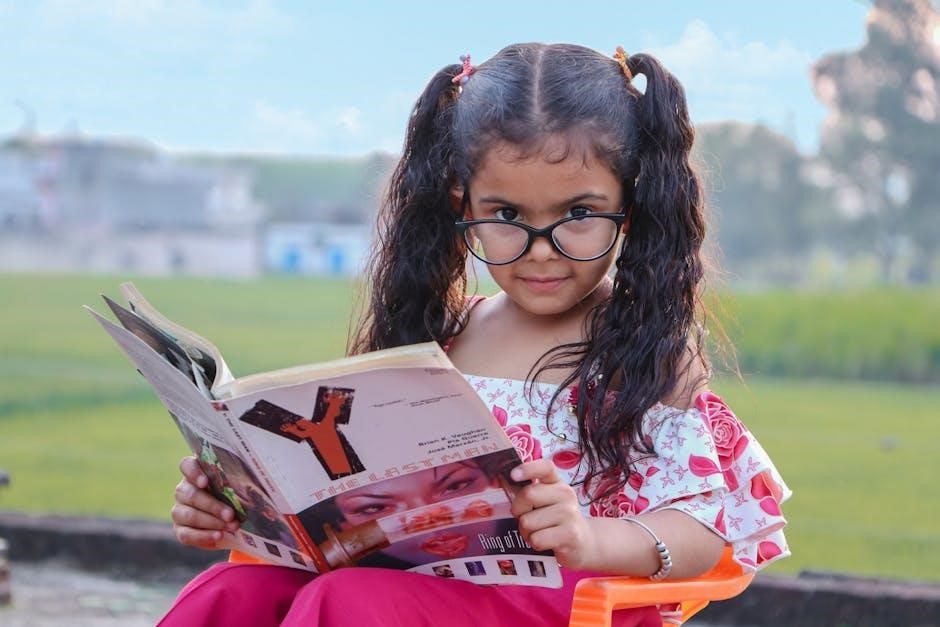The Three Little Pigs: Story and Analysis
The Three Little Pigs is a timeless folktale, deeply embedded in children’s literature. The narrative follows three young swine venturing into the world to build their own homes. This seemingly simple story offers rich layers of analysis, exploring themes of preparedness, hard work, and outsmarting adversity through wit and skill.
Origins and Early Versions
The story of The Three Little Pigs boasts a rich history, with its origins tracing back to oral traditions passed down through generations. While the precise origin remains somewhat elusive, early versions of the tale predate its first publication. Some scholars suggest the story may have roots in European folklore, evolving over time with various cultural adaptations.
One notable aspect is the variation in characters and antagonists found in earlier iterations. Some versions feature a fox as the villain, rather than the wolf we commonly associate with the story. The character of the pigs themselves has also seen changes, with some early versions depicting them as pixies.
The story gained widespread recognition and standardization with its inclusion in Joseph Jacobs’ “English Fairy Tales,” published in 1890. This version solidified many of the elements we recognize today, including the houses of straw, sticks, and bricks, and the wolf’s iconic phrase, “I’ll huff and puff and blow your house down!” Jacobs’ contribution played a vital role in popularizing the tale and ensuring its enduring appeal.
Plot Summary
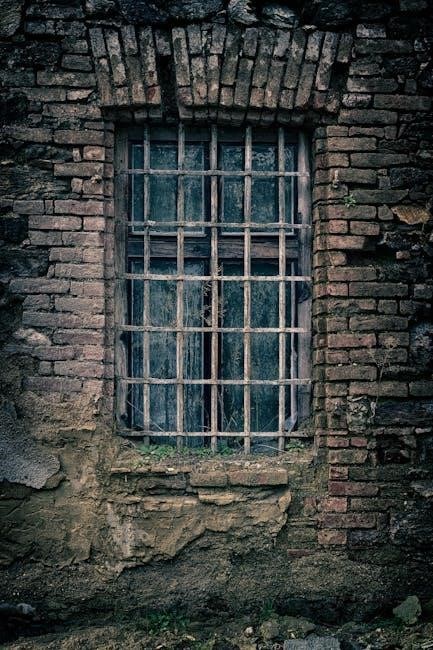
The tale begins with a mother pig sending her three young offspring out into the world to seek their fortunes and build their own homes. Each pig chooses a different building material. The first, prioritizing speed and ease, constructs his house from straw. The second, opting for slightly more durability, builds his house with sticks. The third pig, displaying diligence and foresight, invests time and effort into building a sturdy house of bricks.
Soon after, a hungry wolf arrives, seeking to devour the pigs. He approaches the straw house, demanding entry. When the first pig refuses, the wolf famously declares, “I’ll huff and puff and blow your house down!” He makes good on his threat, demolishing the flimsy structure.
The terrified pig flees to his brother’s house of sticks, but the wolf follows. He repeats his demand and, upon refusal, blows down the stick house with equal ease. The two pigs then run to their brother’s brick house, which proves to be an impenetrable fortress against the wolf’s huffing and puffing.
The First Pig and the House of Straw
The first little pig, eager to complete his task quickly and with minimal effort, chooses straw as his building material. Straw, readily available and easy to manipulate, allows him to construct a house in short order. This decision reflects a desire for instant gratification and a lack of foresight regarding potential dangers.
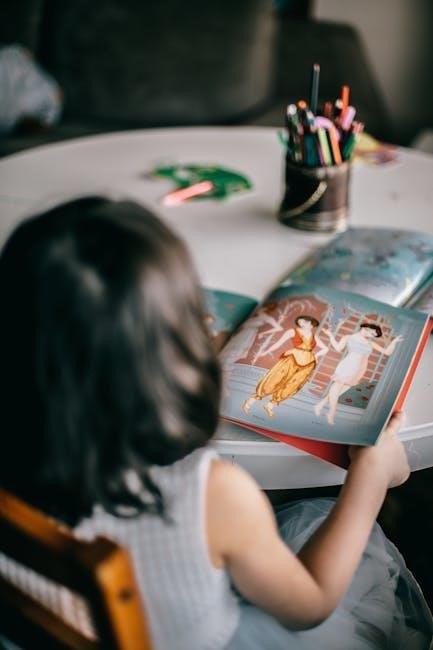
The straw house, while providing a temporary shelter, proves to be woefully inadequate against the cunning and strength of the wolf. Its flimsy construction offers little resistance to the wolf’s forceful huffing and puffing. In a matter of moments, the house is reduced to a scattered pile of straw, leaving the first pig vulnerable and exposed.
The destruction of the straw house serves as a crucial turning point in the story, highlighting the consequences of choosing the easy path over diligence and preparedness. The first pig’s hasty decision ultimately jeopardizes his safety, forcing him to seek refuge with his brothers.
The Second Pig and the House of Sticks
The second little pig, learning from his brother’s mistake but still prioritizing speed over sturdiness, opts to build his house out of sticks. Sticks offer slightly more protection than straw, requiring more effort to gather and assemble. This choice indicates a step up in preparedness, yet still falls short of optimal security.
The house of sticks provides a temporary respite, offering some resistance to the wolf’s initial attempts to gain entry. However, sticks are still relatively weak and susceptible to force. With persistent huffing and puffing, the wolf eventually manages to dismantle the house, scattering the sticks and leaving the second pig exposed.
The collapse of the house of sticks reinforces the importance of choosing appropriate building materials and investing time in construction. While slightly more durable than straw, sticks ultimately prove insufficient against the wolf’s determined assault, underscoring the need for a more robust and secure shelter.
The Third Pig and the House of Bricks
In contrast to his brothers, the third little pig demonstrates foresight and diligence by choosing bricks as his building material. Bricks require significant effort to acquire and assemble, demanding time, patience, and hard work. This pig understands the importance of investing in a solid foundation for long-term security and stability.
The house of bricks stands as a testament to the third pig’s wisdom and perseverance. It withstands the wolf’s initial attacks, resisting his huffing and puffing with unwavering strength. The wolf’s frustration grows as he realizes that he cannot easily breach the brick walls, highlighting the superior protection offered by this sturdy structure.
Unable to blow down the house, the wolf resorts to trickery, attempting to lure the third pig out with various ploys. However, the third pig remains vigilant and resourceful, thwarting the wolf’s schemes and maintaining the safety of his brick fortress, demonstrating the ultimate triumph of hard work and preparation.
The Wolf’s Tactics
The wolf in “The Three Little Pigs” embodies cunning and predatory behavior, employing a range of tactics to achieve his goal of devouring the pigs. Initially, he resorts to direct force, attempting to blow down the houses of straw and sticks with his powerful breath. When this proves successful against the first two pigs, it reinforces his belief in brute strength.
However, upon encountering the brick house, the wolf is forced to adapt his strategies. Recognizing that he cannot overcome the structure with force alone, he turns to deception. He tries to trick the third pig into leaving the house by offering enticing propositions, such as a trip to the turnip field or the apple tree, hoping to catch him off guard.
When these ploys fail, the wolf resorts to even more desperate measures, attempting to enter the house through the chimney. This act demonstrates his determination and willingness to take risks, but ultimately leads to his downfall, as the clever pig outsmarts him one last time.
Moral of the Story
The story of “The Three Little Pigs” imparts several valuable moral lessons, primarily emphasizing the importance of hard work, preparation, and foresight. The first two pigs, choosing the easy path of building flimsy houses of straw and sticks, represent laziness and a lack of planning. Their quick, effortless solutions ultimately prove inadequate when faced with adversity, highlighting the consequences of cutting corners.
In contrast, the third pig embodies diligence and prudence. He invests the time and effort to construct a sturdy house of bricks, demonstrating a commitment to long-term security over immediate gratification. His foresight not only protects him from the wolf but also provides refuge for his less prepared brothers, underscoring the benefits of careful planning.
Furthermore, the story teaches the importance of cleverness and resourcefulness in overcoming challenges. The third pig’s ability to outsmart the wolf, even after his initial plans fail, highlights the value of adaptability and quick thinking in the face of danger. Ultimately, the tale celebrates the triumph of intelligence and perseverance over brute force and deception.
Variations and Adaptations
The enduring popularity of “The Three Little Pigs” has led to numerous variations and adaptations across different media and cultures. These adaptations often reinterpret elements of the original story, reflecting contemporary values or exploring alternative perspectives. Some versions may alter the character of the wolf, portraying him as misunderstood or even sympathetic, rather than purely evil.
In other adaptations, the pigs themselves may undergo transformations, with each pig possessing unique skills or personalities beyond their building choices. The types of materials used for the houses may also vary, reflecting local resources or technological advancements. For example, a modern adaptation might feature houses made of recycled materials or even futuristic designs.
Furthermore, “The Three Little Pigs” has been adapted into various formats, including picture books, animated films, stage plays, and even video games. These adaptations often incorporate new characters, subplots, or musical numbers, expanding upon the original narrative while retaining its core themes. These creative reinterpretations ensure that the story continues to resonate with new generations of audiences.
Cultural Impact
“The Three Little Pigs” has permeated popular culture, becoming a widely recognized and referenced narrative. Its themes of hard work, preparation, and overcoming adversity resonate deeply, influencing various forms of art, entertainment, and even business strategies. The story’s characters and iconic lines, such as “I’ll huff and I’ll puff and I’ll blow your house down,” have become ingrained in the collective consciousness.
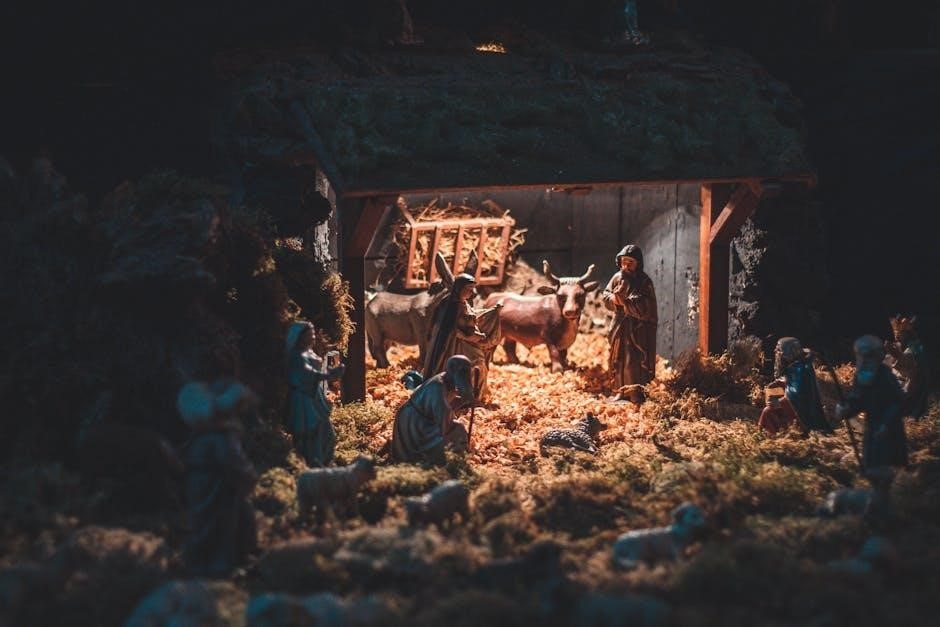
The story’s impact extends beyond entertainment. It has been used as a teaching tool to illustrate the importance of planning, diligence, and making wise choices. In business, the “three little pigs” analogy is sometimes used to describe different approaches to risk management and the value of building a solid foundation.
Moreover, the story has inspired countless parodies, satires, and reinterpretations, reflecting its enduring cultural relevance. From political cartoons to advertising campaigns, “The Three Little Pigs” continues to be a source of inspiration and a powerful symbol of resilience in the face of challenges. Its simple yet profound message ensures its continued presence in our cultural landscape.
Downloadable PDF Resources
For educators, parents, and enthusiasts seeking to delve deeper into “The Three Little Pigs,” a wealth of downloadable PDF resources is readily available. These resources offer various adaptations, illustrations, and supplementary materials to enhance the storytelling experience and facilitate learning.
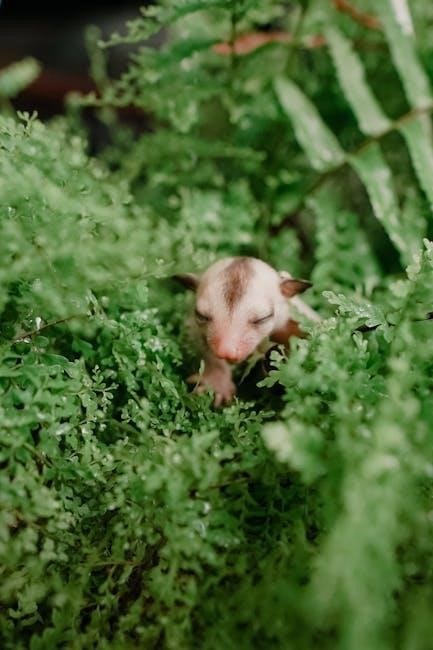
Several websites and online libraries provide free PDF versions of the classic story, often accompanied by engaging artwork and interactive elements. These digital editions can be easily accessed and shared, making them ideal for classroom use, bedtime stories, or individual reading.
Beyond the basic story, numerous educational PDFs offer activities, worksheets, and lesson plans centered around “The Three Little Pigs.” These resources often focus on themes such as problem-solving, decision-making, and the importance of perseverance. Additionally, some PDFs provide comparative analyses of different versions of the story, exploring its origins and cultural variations.
For creative individuals, printable coloring pages and craft templates inspired by the tale are also available, offering a fun and engaging way to interact with the characters and themes of “The Three Little Pigs.” These downloadable resources provide a comprehensive toolkit for exploring and celebrating this timeless story.
